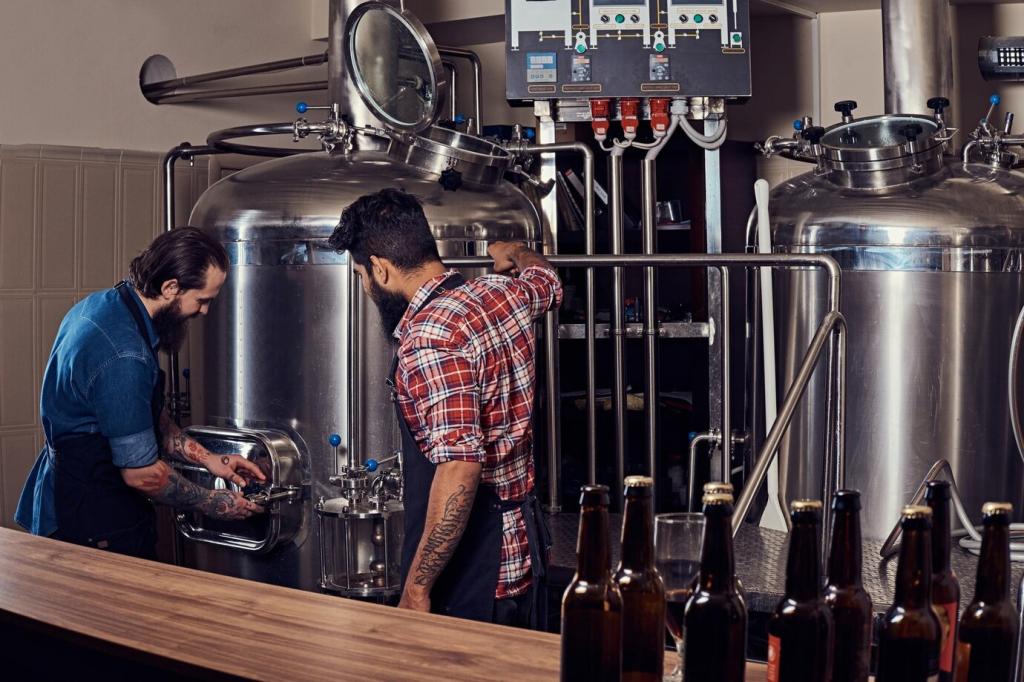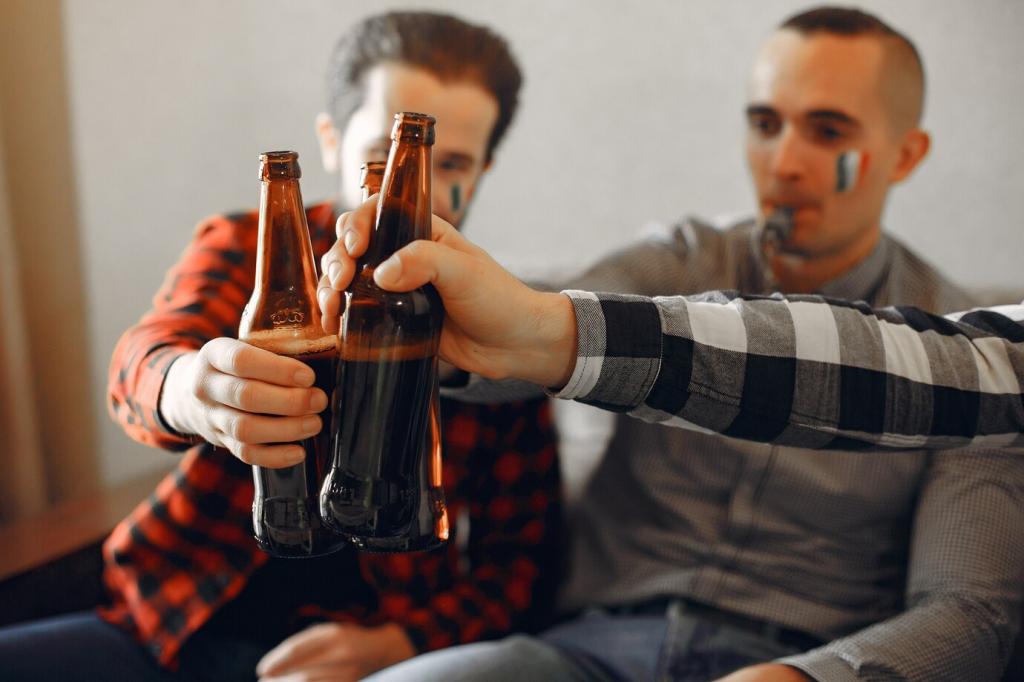
Make Your Own Beer Labels and Packaging: From Sketch to Shelf
Chosen theme: How to Create Your Own Beer Labels and Packaging. Dive into a creative, practical guide that blends story, strategy, and production know‑how so your beer looks as good as it tastes.
Name with a Narrative
Pick a name that evokes place, process, or personality. A brewer once named a pilsner after a riverside shortcut, and locals instantly felt ownership. Share your naming story and ask readers for their favorite candidates.
Tone, Voice, and Visual Archetype
Decide whether your beer speaks playful, bold, or refined—and mirror that in color, typography, and illustration. Create a mini mood board, post it, and invite subscribers to vote on the vibe that feels right.
Audience and Positioning
Define your drinker: hop‑hunters, casual sippers, or design collectors. Align price, packaging format, and storytelling with that audience. Encourage readers to comment with their drinking habits to refine your positioning.

Decide what dominates: brand, beer style, or artwork. Use size, weight, and contrast to build a reading path. Share two alternate mockups and ask followers which one reads best at arm’s length.
Label Design Fundamentals
Compliance and Must‑Have Information
Include beer style, ABV, volume, producer name, origin, and batch cues as needed. Group small details in a tidy info panel. Encourage readers to comment with their region so we can share localized checklists.
Compliance and Must‑Have Information
Requirements vary by country: government warnings, allergens, recycling marks, deposit symbols, and UPCs may be mandatory. Add space early in your layout. Ask your community to share any regional quirks they’ve encountered.



Materials, Finishes, and Sustainability
Wet‑strength papers offer classic tactility; BOPP films resist moisture on cans and bottles. Order sample packs and dunk‑test them. Share your results and ask readers which texture feels most on‑brand.
Materials, Finishes, and Sustainability
Matte lamination softens glare, gloss amplifies color, while foil, emboss, and spot varnish add premium cues. Post close‑ups of finish tests, and poll your audience on which accent best suits your flagship.

Packaging Structures and Practicalities
Shrink sleeves give full‑coverage art on cans; pressure‑sensitive labels suit small runs; printed cans shine at scale. Share which format you use and why, and invite feedback from homebrewers and designers.
From Screen to Shelf: Workflow and Printing
Illustrator, Affinity, or Inkscape handle vectors; Photoshop refines imagery; Canva helps quick drafts. Work in CMYK or spot colors, soft‑proof, and request Pantone bridges. Ask readers to share their favorite color workflows.
